The HERA drone product, developed by a team of Vietnamese engineers, is looking to export to one of the most demanding markets in the world, the United States.
The headquarters of Real–Time Robotics Vietnam (RtR), a company that designs and manufactures unmanned aerial vehicles (UAVs), is a four-story house with a lower floor than the street level, located in a dead-end alley in Thu Duc City (HCMC). Inside, engineers are busy checking two HERA drones before packing them for export to the United States for customers in the electricity sector.
Every square meter in this house rented for 30 million VND/month is fully utilized, with enough working space for the design department, mechanics, electronics, and artificial intelligence. They do not have separate rooms but share a common space and are separated by PVC curtains like in manufacturing factories for convenience when carrying aircraft in and out of the research and manufacturing departments.
“HERA’s patent is under the name of Vietnamese people. Invention and mastery of core technology is the only way for Vietnam to move from a developing country to a developed one,” Mr. Luong Viet Quoc, 58, founder and CEO of RtR, told Forbes Vietnam about his hope to put Vietnam “on the world map of drone manufacturing.”
The current HERA is the result of many versions over a year of RtR research and development and will be launched at the end of 2022. Weighing only 9kg, HERA can carry a payload of 15kg, has a 360-degree field of view for each payload, a flight time of 56 minutes with a maximum radius of 15km. HERA is convincing potential customers.
Speaking to Forbes Vietnam via email, Mr. JT VonLunen, president of RMUS, a company that specializes in providing drone services to government agencies, corporations and universities in the North American region, commented: “RtR has developed a unique drone. It has incredible lifting power, long flight time and is very compact. It is very difficult to design a drone with all these features.”
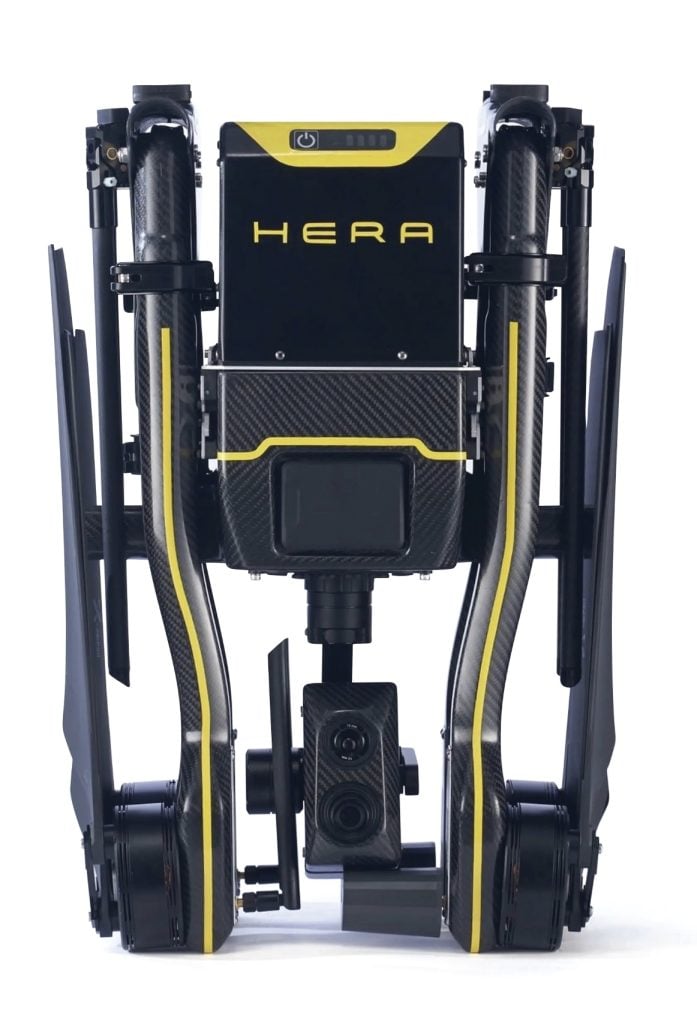
After nearly nine years in the UAV industry, RtR has just exported the first HERA aircraft to the United States. The entire research and development, design and manufacturing process is in Vietnam. Five points of difference between HERA and similar products: compact, fits in a backpack; lifting capacity up to 15kg; large space and can attach four different loads; intelligent processing "brain" with artificial intelligence algorithms that allow versatile operations, customizable for many fields.
Back in the US 10 years ago, when he was still in the US, realizing the potential of UAVs, Mr. Luong Viet Quoc started to enter this field by becoming a UAV service provider, similar to what big companies like Flyability, Aerodyne, Drone Base, etc. did. He opened a company in the US and then imported flying equipment to Vietnam, providing pest control services in fields, monitoring infrastructure at solar power projects, and high-voltage power lines.
But the results did not meet expectations because “the product advertised 10 but the features were only 2-3.” He and his team in Vietnam disassembled the device’s parts, modifying everything from the camera to the battery so that the plane could fly farther, for longer periods of time, and with clearer images.
In 2017, Mr. Quoc came up with the idea of designing and manufacturing after having some knowledge and experience accumulated after three years of "apprenticeship".
RtR was born and started to switch to UAV production, a business segment that big companies like DJI, Parrot, Autel Robotics… are dominating. The RtR team started researching, testing production and then bringing samples to fairs in different countries.
Their initial achievement was when the VIAN prototype was launched in 2018, which could “diagnose the health” of plants and serve the rescue and relief sector in Vietnam. However, this model has only attracted media attention and cannot be exploited commercially. The first version only had one camera and was not much different from other products on the market.
“I didn’t feel the company’s vision in previous products,” Phi Duy Quang, a mechatronics engineer at Saigon University of Technology, said of the VIAN model and his decision to quit the company at that time.
In 2017, RtR faced a difficult period when core staff quit, shareholders withdrew capital, and the product was not outstanding. Mr. Quoc was faced with the decision of whether to give up or continue to start a business at the age of 52. He chose to continue and met Phi Duy Quang, currently the chief mechanical engineer of RtR, to find a solution for a new product, with the requirement of better load capacity, more compactness and more multi-tasking. Together, they thought about the idea of the initial design of HERA.
Quang recalls: “On the way from the coffee shop in District 9 to my house in District 8, I came up with an idea, stopped at a coffee shop to think about it, then went home and drew up a draft and texted it to Mr. Quoc. He texted back exactly one word, 'Excellent'.” In early 2021, Quang officially returned to work at RtR.
To date, RtR has exported 15 HERAS (four to the EU and 11 to the US). Starting work with Mr. Quoc in early 2022, RMUS ordered a number of products for customers in the US electrical sector to test and expects that “one day, HERAS will account for nearly half of sales.”
The starting price of each HERA is about 40 thousand USD (more than 900 million VND) and RMUS is sold at a starting price of 58 thousand USD (about 1.3 billion VND). To be able to be used for projects in the United States, HERA meets the standards in the National Defense Authorization Act (NDAA), especially regarding the use of chips, microchips and data security.
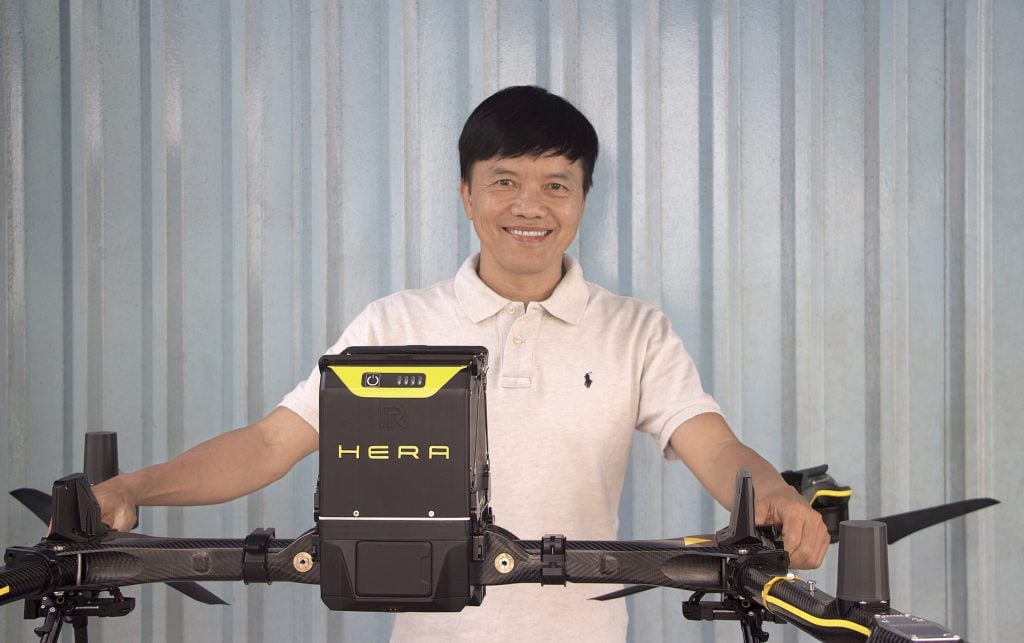
Mr. Luong Viet Quoc, founder and CEO of RtR, the company that invented the HERA drone (Photo: Ta Hong Phuc).
In addition to RMUS, Mr. Quoc is also working with Idan Tessler, a former military pilot who runs the drone service company Prof-Worx in the Netherlands. After watching the introduction video, Idan came to Vietnam in February 2023 to learn more. After the trip, Idan supported RtR to bring HERA for testing in the Netherlands. He assessed that HERA has reasonable production costs, and its engineering and design are superior to other competitors in almost every aspect.
Born in Ho Chi Minh City, his family circumstances forced Mr. Quoc to earn a living by collecting scrap metal along the Nhieu Loc Canal from the age of 10. Following his grandmother's advice, he did not drop out of school, dreaming of finding a job just to avoid hunger. Although he passed the university entrance exam, his family circumstances only allowed him to study at the intermediate level of finance at the University of Finance and Accounting (now merged into the University of Economics, Ho Chi Minh City).
Mr. Quoc then tried to continue his studies at university, learning English and won a Fulbright scholarship for a master's degree at Cornell University in 2002. After graduating with an excellent thesis, he chose to study for a PhD in economics at UC Berkeley. For more than 10 years in the United States, he worked as an economist at consulting firms before starting a business in the field of drones.
At the age of 37, he received a master's scholarship. For Mr. Quoc, studying has no age or geographical limits. The doctoral program trained him to "think deeply, always asking questions: Is what I hear reasonable or really true?" He admits that he always looks at problems from the user's perspective, not that of a technician; that is, finding out what users need and considering what technology can solve it.
In drone design, the difficult problem is balancing lift and size. RtR found the solution to this problem after nearly 10 years of struggling. The HERA frame is made of high-strength carbon fiber, the landing gear automatically folds up when taking off, not blocking the camera view.
HERA has enough space for four cameras with different features, the electronic circuit board system inside the aircraft to the control software are all built by the RtR engineering team. The team creates algorithms that help HERA recognize objects to be captured and automatically record and capture images.
“The challenge is not only to learn more but also to not let existing knowledge prevent us from finding new directions,” said Mr. Quoc, who is proud of his team of 50 young engineers, mostly under 30 years old from universities such as Bach Khoa and Ho Chi Minh City University of Technology and Education, who are passionate about conquering new fields, have knowledge and believe in the vision of exporting drones from Vietnam.
According to Drone Industry Insights (DRONEII), the global drone market is expected to grow from US$30.6 billion in 2022 to nearly US$56 billion by 2030. Of which, DJI (China) is the world's largest drone manufacturer, accounting for more than 70% of the civil drone market.
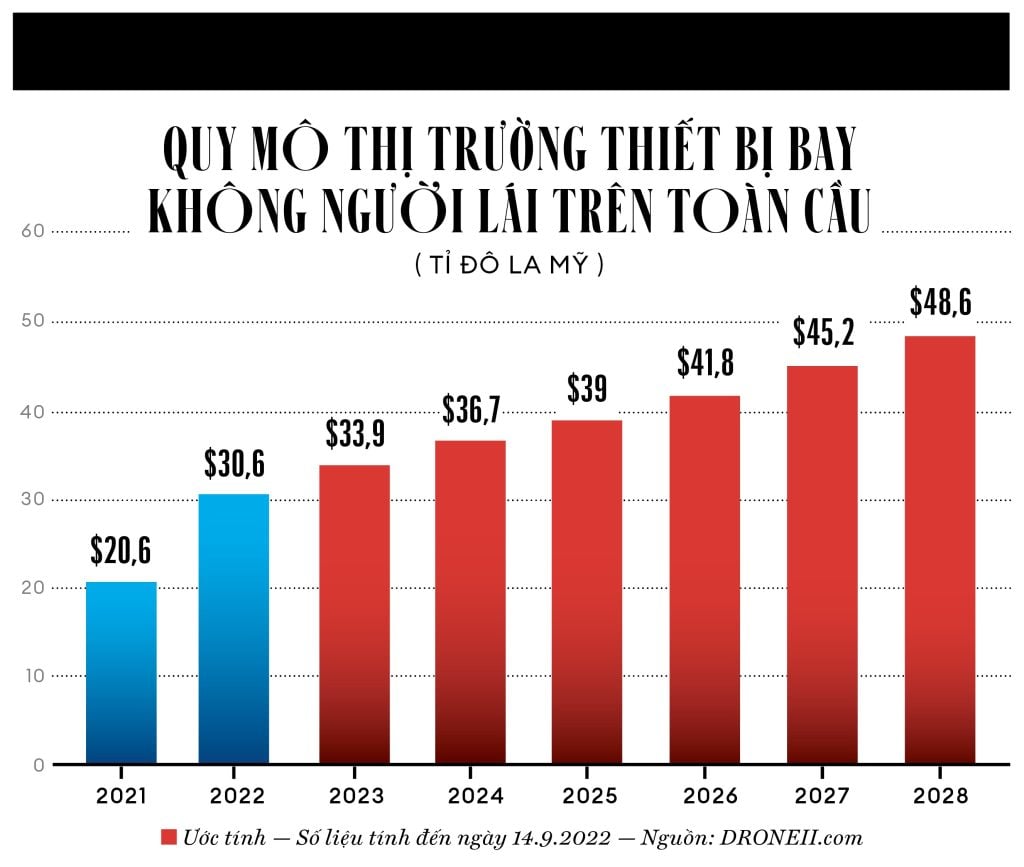
Drones are used for everything from filmmaking and seeding to construction, environmental and rescue monitoring. But companies are grappling with a host of challenges, from regulatory hurdles related to cybersecurity, airspace safety, reliability, efficiency and data.
The fledgling startup RtR will have to overcome these obstacles if it wants to mass produce. “Now we have to solve the problem of building a system with the process of producing the largest quantity in the shortest time and with consistent quality,” said Phi Duy Quang.
Meanwhile, Idan Tessler assessed that the challenge that RtR faces is to help the market understand more about the product, “making Western countries understand that great engineering and high-quality technology are being developed and produced in Vietnam.”
HERA’s commercialization is just beginning, with modest sales of around one million US dollars. RtR has set an ambitious goal of selling one thousand HERA products by the end of 2023 and doubling that by 2024.
RtR’s plan to build a 9,000m2 manufacturing plant including a research and manufacturing area in the Ho Chi Minh City Hi-Tech Park with a total investment of 13.5 million USD is still in the design and construction permit stage. They are in the process of raising capital to expand research and production. RtR has found a way to balance the delicate equation between aircraft size and payload capacity and immediately registered for a patent.
In October 2021, RtR filed a patent application with HERA and is awaiting the results (this process usually takes about 1.5 years to be approved). They have also filed for patents on five other inventions. “You have to rely on invention to maintain your advantage, create value, and you can’t compete by just lucking into an invention,” RtR’s founder shared about the strategy to maintain the pace of invention.
Forbes.vn
Source

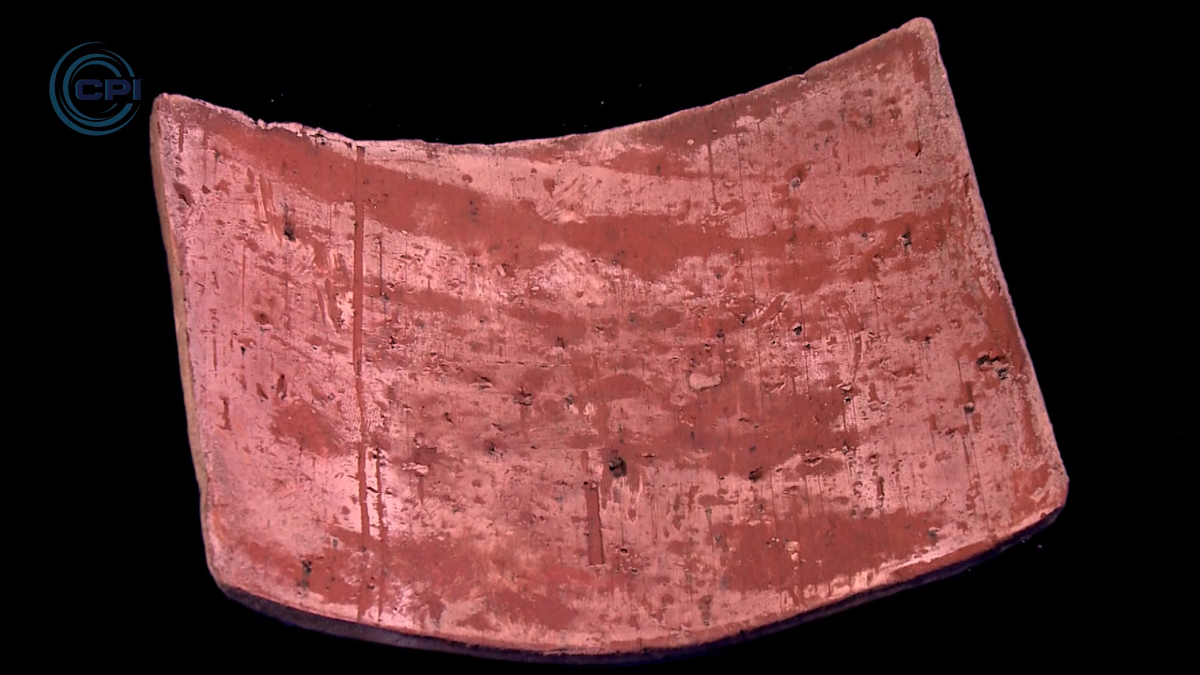

![[Photo] The moment Harry Kane lifted the Bundesliga trophy for the first time](https://vphoto.vietnam.vn/thumb/1200x675/vietnam/resource/IMAGE/2025/5/11/68e4a433c079457b9e84dd4b9fa694fe)
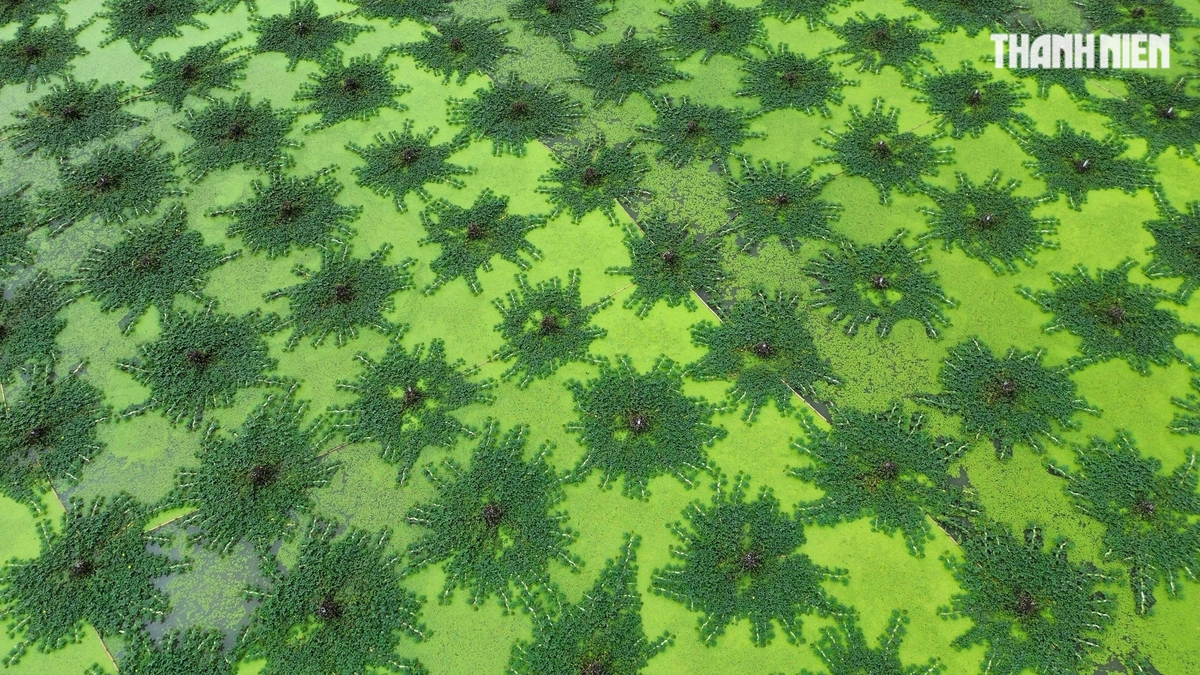
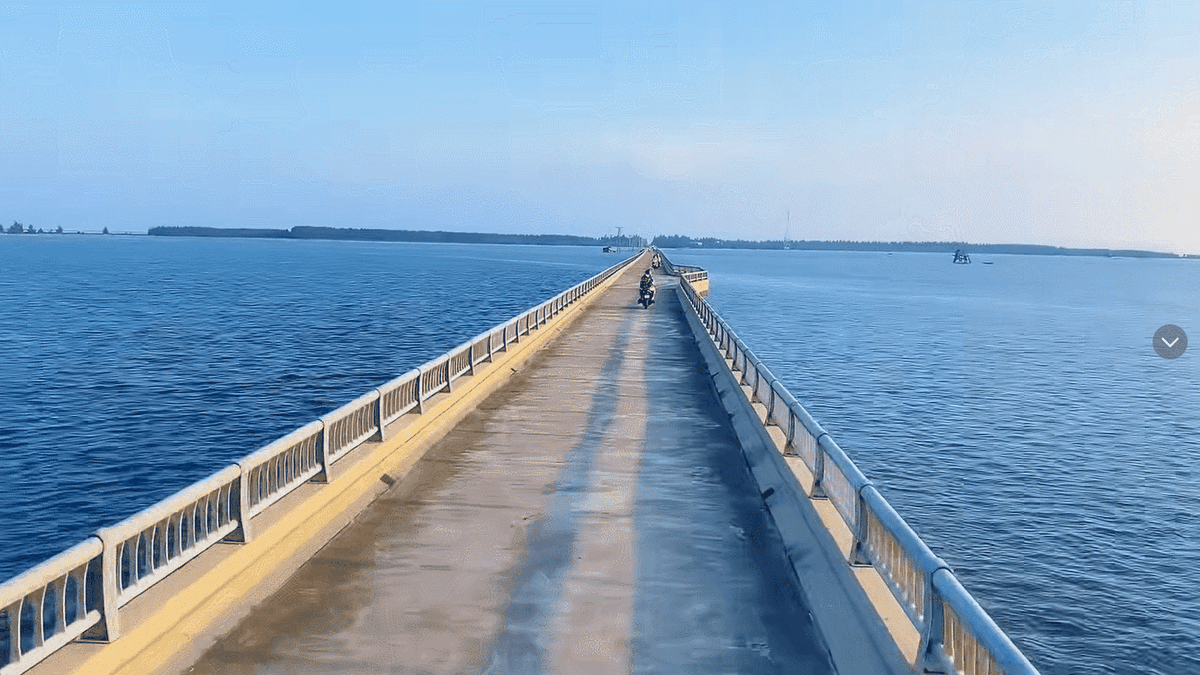

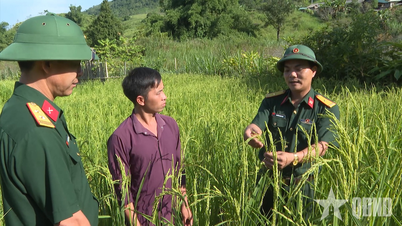




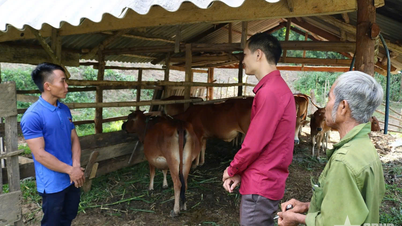




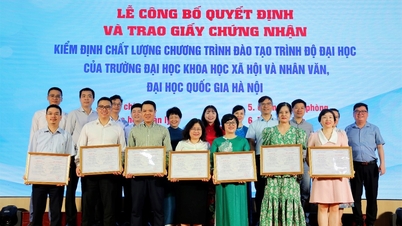
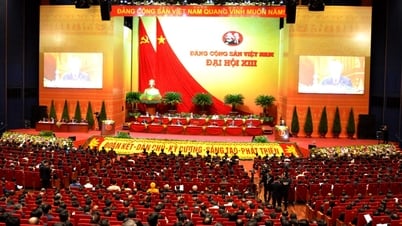

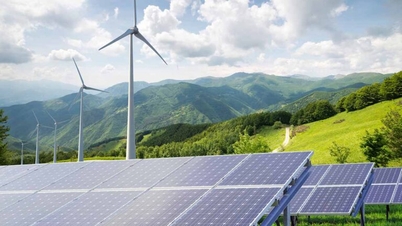




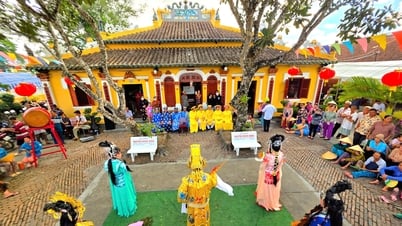

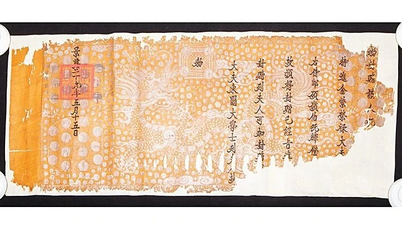





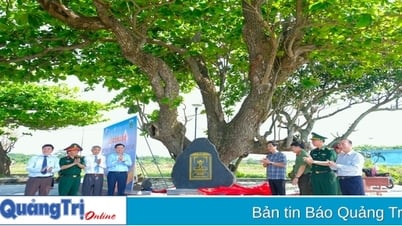

















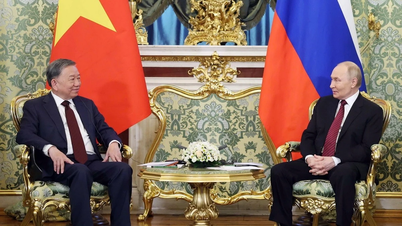
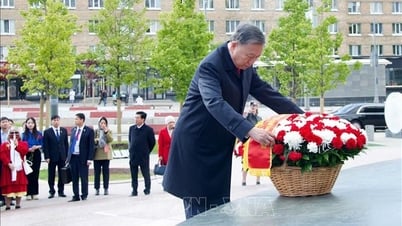
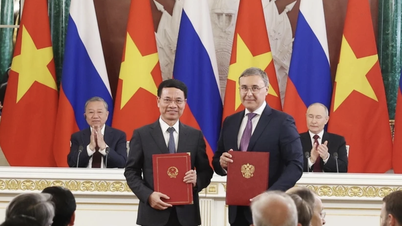

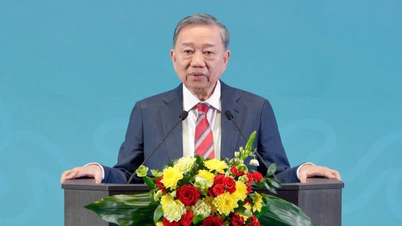
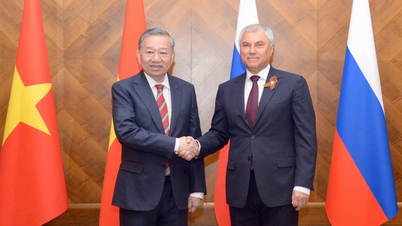
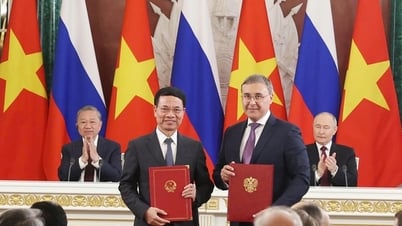









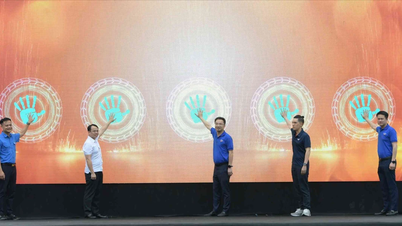





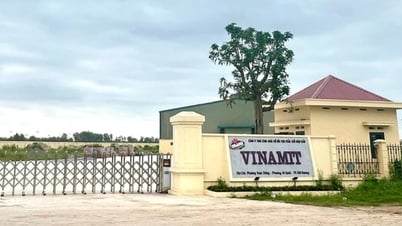

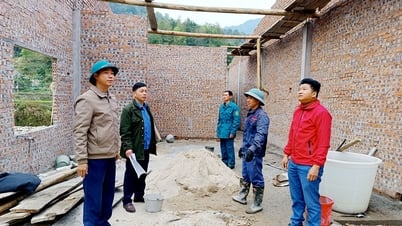

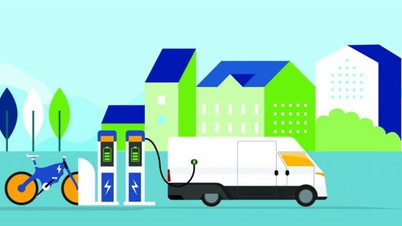





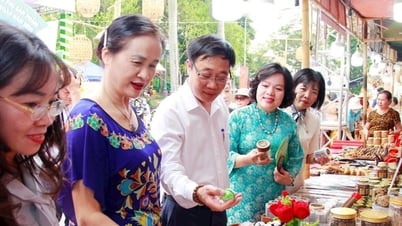

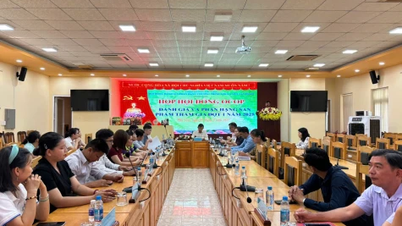




Comment (0)